Following an enquiry from a reader, I have gathered the stories as reported in newspapers together to outline the happenings on this dreadful night where four people, three of them children, were killed in a freak accident. As usual each newspaper report contradicts the others, but generally the whole story is presented here. There are also some fascinating facts that came out of the inquest such as carriges dimensions, etc. for those interested in such matters. Details can be provided on application.
The Story as per three newspaper reports:
Under the title Accident To Wombwell’s Menagerie – Four Lives Lost, it reports that when crowded with people in a field at Maes-y-dre, Holywell, Flintshire, a gale blew up and four caravans containing the animals were thrown onto the people burying them beneath it. About 20 people were pinned to the ground, some by the arm and some by the leg. Four people were killed – Mr B McBane 36, a keeper and who leaves a widow and three youths, belonging to the town; Edward Jones, 11 David Oxford, 13 and John Hughes, 14. An inquest returned a verdict Accidental Death. – Daily News, 1859
This story is corroborated by the Derby Mercury in 1859, except it adds that the keeper had stepped out of the lions’ cage and down some steps to describe the animals when the accident happened. The keeper is here named as Benjamin McBane, and the others as David Jones the son of a confectioner, John Hughes of Holloway near Holywell and David Oxford. It was rumoured that some of the beasts had escaped, but this was not the case. The coroner was Mr Peter Parry and the inquest was held at the King’s head Inn. Mr Wadsworth, travelling with Mrs Wombwell (George died in 1850), said the same safety precautions had been adopted as on other occasions and it had never happened before.
The North Wales Chronicle reported around the same time in 1859 that Edward Jones, David Jones, John Hughes and Benjamin McBane were all killed in the accident. It continues with a police witness at the inquest. One John Morris was on duty and explained Wombwell’s men had secured the caravans inside but not outside with props. They were secure he said.
Mr Robert Wadsworth, 27 years with Wombwell’s, was the manager that set up the show.
The canvas being tied to the carriages had pulled four carriages down in the high winds.
On the following Monday, two of the dead were buried (the keeper and David Jones) being interred in the new cemetary. They had been preceded by the band of the show, playing appropriate airs. We might estimate, the report continues, the number of spectators at from 400 to 500 persons.
NB: The difference between a keeper and a tamer is the latter did tricks with the beasts in the cages and keepers generally looked after the animals, feeding them, etc.
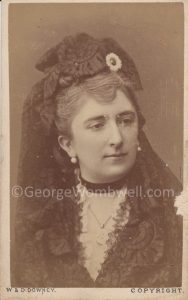
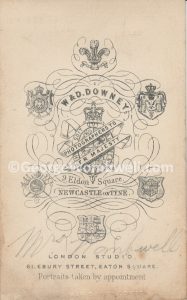
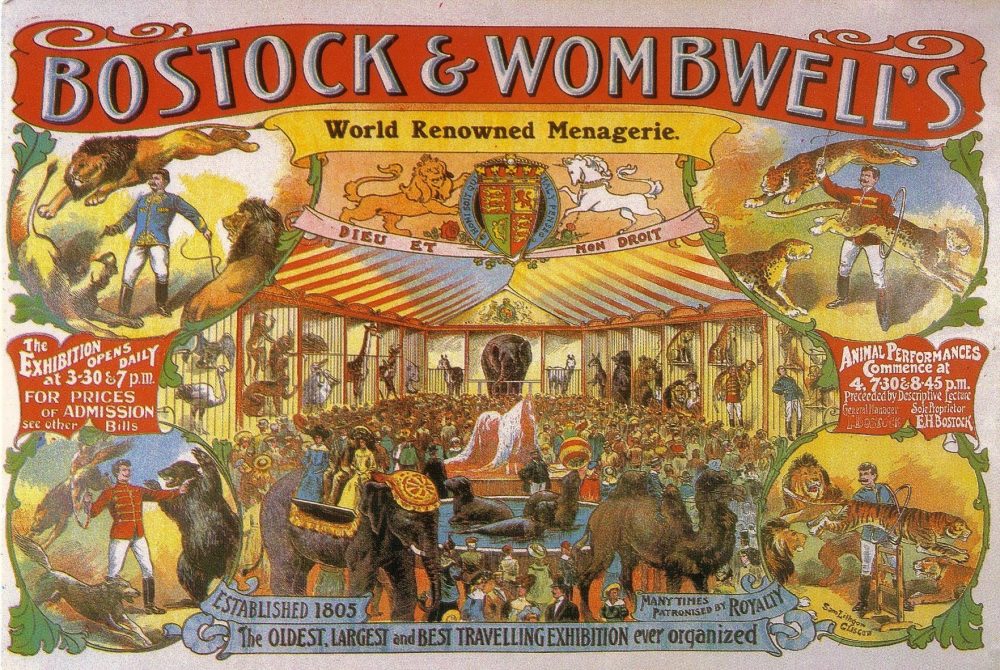
 The following rare photograph shows James Chittock’s Dog and Monkeys show entrance, probably prior to 1897, the year he turned his attention to the newly invented Cinematograph. (The rear of the card states ‘@FPS Chittock’s animal show. 1885.’)
The following rare photograph shows James Chittock’s Dog and Monkeys show entrance, probably prior to 1897, the year he turned his attention to the newly invented Cinematograph. (The rear of the card states ‘@FPS Chittock’s animal show. 1885.’)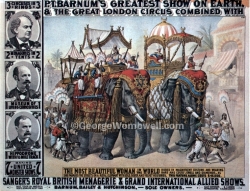
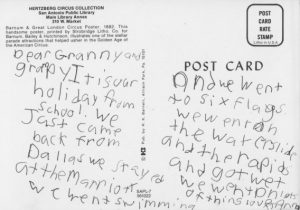 The postcard is much later of course and some ‘granny’ must have received it hand delivered!
The postcard is much later of course and some ‘granny’ must have received it hand delivered!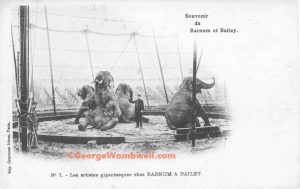
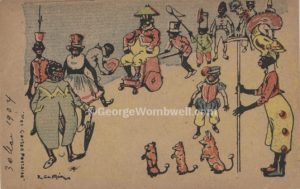
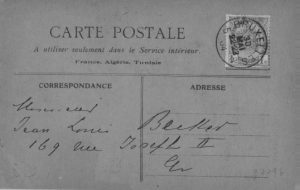 The card was sent from Brussels during 1904 or it may be 1922-23. I’m no philatelist! Research is required to place this troupe in the history of entertainment and identity studies.
The card was sent from Brussels during 1904 or it may be 1922-23. I’m no philatelist! Research is required to place this troupe in the history of entertainment and identity studies.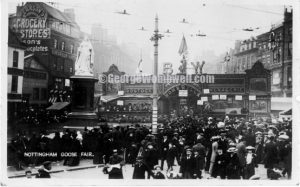
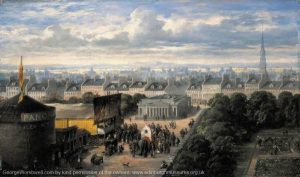
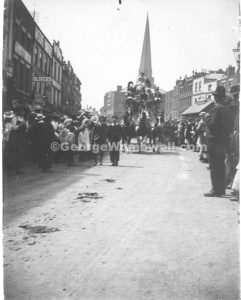 Generally, showmen coupled several horses to their carriages on such parades. Wombwell is known to have coupled up to eight horses to a carriage on at least one occasion.
Generally, showmen coupled several horses to their carriages on such parades. Wombwell is known to have coupled up to eight horses to a carriage on at least one occasion.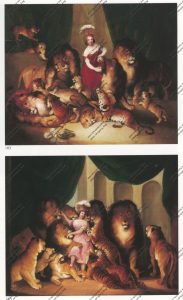 Published today, a history of the Lion Queens that became famous in the 19th century world of traveling menageries and circuses. One of the most famous is Ellen Chapman, here depicted by Horner with wild beasts. The works are oil on canvas and are a pendant pair. Last known at auction in 2000. This is the last in our series on Lion Kings and Queens.
Published today, a history of the Lion Queens that became famous in the 19th century world of traveling menageries and circuses. One of the most famous is Ellen Chapman, here depicted by Horner with wild beasts. The works are oil on canvas and are a pendant pair. Last known at auction in 2000. This is the last in our series on Lion Kings and Queens.